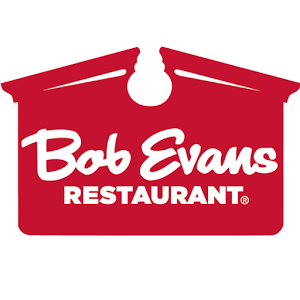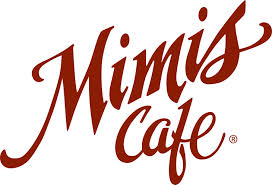 One of our clients, a manufacturer of agricultural and construction equipment, had an existing combine component paint system which was not able to keep up with their projected sales. As a result, they had decided to redesign their paint system to enhance its capacity with a target of a +30% capacity increase.
One of our clients, a manufacturer of agricultural and construction equipment, had an existing combine component paint system which was not able to keep up with their projected sales. As a result, they had decided to redesign their paint system to enhance its capacity with a target of a +30% capacity increase.
Reason for Project:
- Before investing in new paint system equipment ($3MM), the client wanted to model the system in order to quantify the impact of planned design changes. In addition, the client wanted to use the simulation model as a basis for the conveyor control system logic and to consider alternative load/unload station configurations.
Project Deliverables:
- Created a computer simulation model (ProModel) of the conceptual paint system including the load/unload stations, power-and-free conveyor systems, prep and paint booths, cure ovens and cool-down operations.
- Assisted in the system redesign efforts using the simulation model as a collaborative tool.
- Worked with the controls engineers to document the planned software changes.
Project Results/Benefits:
- Capacity Increase: Significantly increased the paint system capacity through the redesign efforts (30% improvement).
- Investment Reduction: The model was used to redesign the e-coat dip process (crane sequence) so that an additional, planned $500,000 crane would not be required.
- Control Systems Design: The project uncovered some existing controls system logic issues and was used as a basis for the new controls system logic for the power-and-free conveyors.


